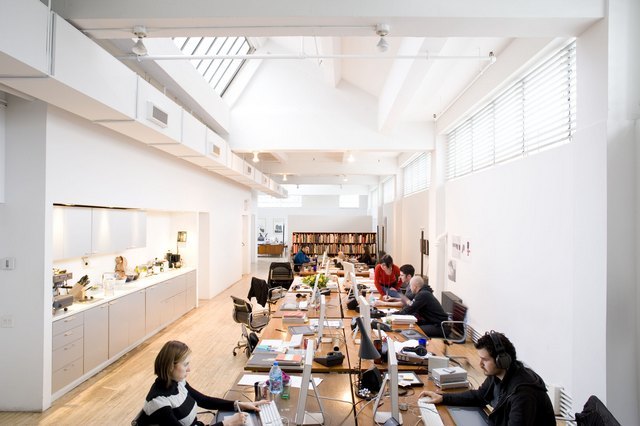It’s no secret that the fashion business heavily relies on collaborations—among designers, manufacturers, agencies, and retailers of all sorts. But before any kind of a partnership can be pursued, it’s best to get your checklist out and spend some time on due diligence—to weed out unsuitable prospects and maximize your chances for forging a relationship that will last for years. Here are some things to consider.
– Financial information
Looking at a potential partner’s financial background involves evaluating their records over the span of the last three years. This will allow you to see just how stable their economic standing is. Do they owe money to other businesses? Have they suffered significant losses in the past? Of course, the bigger the deal, the more in depth the financial investigation should be.
Take Nicky Hilton and her failed partnership with the Asher Group as an example. The company was supposed to market high-end merchandise under the name ‘Nicky Hilton Worldwide.’ Instead, it is said that the Group failed to secure $4.9 million to finance the venture and give Nicky a guaranteed annual income of $250,000. All of the money was allegedly spent on personal expenses, leaving Ms. Hilton to ‘clean up the mess.’
– Reputation
Image is everything in the world of fashion. And more often than not, it’s all about the word of mouth when it comes to making or breaking a name. Was your potential partner involved in a scandal or an issue that has been the talk of the town? Do their celebrity affiliations align with your agenda? What do their clients say about them? Looking into possible complaints and other negative concerns about the company itself, as well as their relationships with current collaborators would also give you an idea of what to expect if you do decide to work with them.
A great example of a partnership that fell through due to fundamental image differences was that between Target and Neiman Marcus. It was overhyped and failed to deliver due to an underwhelming array of “high-end” products that were supposed to be affordable, but instead had the price tag that most Target shoppers would balk at. Though the endeavor did have promise, at the end of the day, Target and Neiman Marcus were just too different in terms of their market positioning for this to work.
– Management
Meeting the potential partner’s leadership team is another great way to see just how effective their company is. Take some time to find out how reliable and respected they are. Also, do visit their premises. What is the general vibe in their office? What are the working conditions? Would you enjoy collaborating with them?
– Legal issues
Don’t forget about legal matters. Take some time to find out if your prospective partner has pending lawsuits (both as a plaintiff and as a defendant). Check to see if their internal policies are in compliance with applicable state and federal regulations. And if you’re looking to outsource some operations abroad, research the country’s general political situation, and make sure there are no ties to people or organizations connected to crime—just to be on the safe side.
In a nutshell, whether you’re looking for a new supplier, manufacturer, vendor, or distributer, conducting basic due diligence (even something as simple as Internet research) could save you from pursuing a business relationship that is doomed to fail.





About The Author: BridgeShowroom
Since 2011, BRIDGE SHOWROOM has been representing Europe's finest designers in America.
We are partners, linking together retailers and designers.
More posts by BridgeShowroom